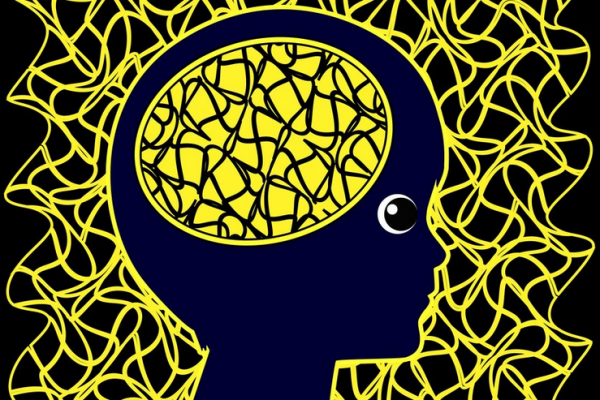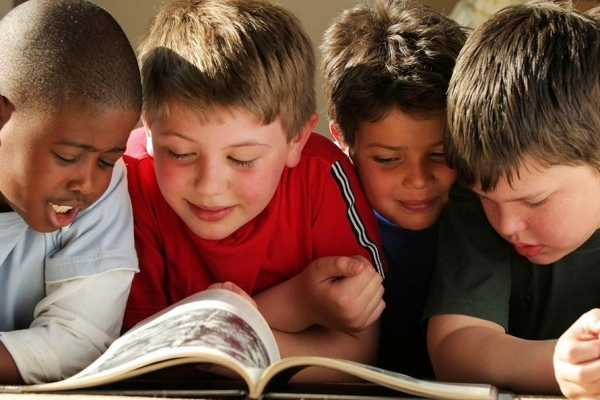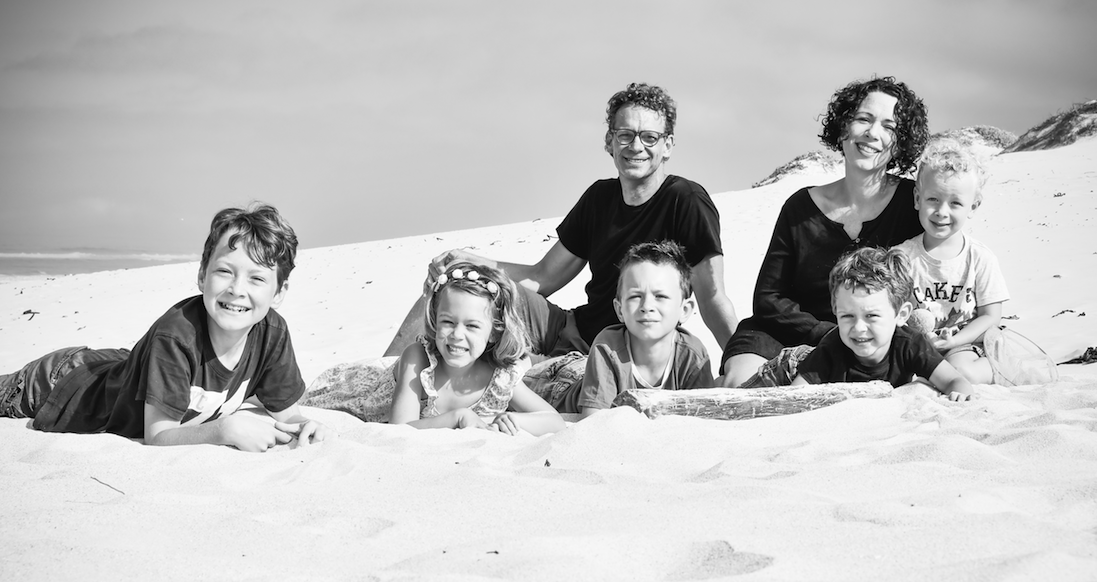
4 Ways to Teach Your Kids or Teens a Passion for Learning
Mostly, my kids are exceptional learners. People ask Julie and I what we as parents have done to help them achieve like they have.
Honestly, we haven’t done much. Except this—we have passed onto them a hunger for learning and a confidence that they can.
Here’s four tips to help you do the same for your kids and teens:
1. Talk to your kids about their brain’s power.
We tell our kids that they have in their possession the most evolved piece of matter, quite possibly in all the universe: a human brain!
It consists of a billion neurons—the same number as there are galaxies in the universe. Each of these neurons are connected to other neurons, creating a thousand trillion connections that serve as pathways for thoughts that travel over 400 kph, and storage space that is almost infinite.
Only one fiftieth our body weight, the brain is a tireless learning machine, burning up one fifth of all our energy every day.
Fascinatingly, even when the brain is not learning, it’s burning up energy. Think of your brain as a vehicle. Every day the tank is filled with fuel (energy). But this is a strange car. Whether it vegetates in front of a TV or you drive it places and learn new things—it uses more or less the same amount of fuel.
This raises a question: why waste all that fuel when you have a power-vehicle like the brain that is designed to know the daily joy of exploring and discovering?
Don’t let that engine idle away—staying in the same place. Rather, go places—learn new things, be curious, ask questions. It’s what the brain is for.
2. Tutor your kids to drive their brain in all four gears.
The brain, like a car, has gears—and we learn by using all of them. You might know them as the four main learning styles (though I think of them as “gears”). They make up the acronym of the Afrikaans word for pig—vark:
- V—visual learning
- A—aural (or hearing and speaking) learning
- R—reading and writing
- K—kinaesthetic (or doing) learning
So established is the idea of these four means of learning, kids can do online tests to discover the one or two they are most adept in.
Visual learners learn best when they can see what they are learning—graphs, diagrams, charts, YouTube videos and lots and lots of colour are helpful.
Aural learners absorb information best when listening or speaking, and when participating in discussions, debates, or listening to a teacher, whether in person, or via a Ted talk or a podcast.
Reading and writing learners best take content in when they are, well, reading books, writing down notes, making lists.
Kinaesthetic learners learn best when they do something; or feel something—using all their senses; enact role plays; practise what they have learnt; or do first and then reflect on what they done.
Now, let me disagree with what I have just said.
This entire idea of preferred learning styles is a myth. Two things helped me realise this. Watching a Ted talk, and also reflecting on the fact that my brain learns in all four ways—in fact the more styles of learning I use for whatever topic of learning, the better I learn.
Though there’s no harm in having a favourite learning style, it is better to help your kids to learn in all four of these ways. Tell them to drive their brain in all four gears. The more ways they learn, the better they will learn.
A case in point is how my son has recently learnt to play chess. He watched other people playing, via videos or in-person—that’s visual learning. He listened to people online explaining how the game works—that’s aural learning. He took a book on chess out of the library and made notes—that’s reading and writing. But most importantly he has played many, many games—that’s kinaesthetic learning.
3. Tell your kids that going far is more important than going fast.
It’s no secret that some people have brains that learn some things faster than others.
But so what?
Our family car—not the top of the range—drives from Cape Town to KZN every year. Other cars go faster, but we so badly want to escape cold Cape Town and go to Durban’s sunny mid-year weather that we don’t mind the long drive.
Compare that with people who have much fancier, faster cars than ours, but who have never driven more than a few hours from their city.
At the end of the day it’s not how fast your brain works—it’s how long you’re willing to push it in the same direction. And almost all brains have the ability to get there, even if very slowly. The question is whether you want to go the distance. Lucky is the family in the sports cars that whizzes past us on the way to KZN—but we’re not jealous, because we will see them later on the same beach. We don’t mind the time it takes to get there.
On this point, we tell our kids that the goal of school is not to be taught what to learn, but how to learn—a skill that, if they use it every day for the rest of their lives, will take them very far in life.
4. Teach your kids the power of “yet” (or why not to give up on the uphills).
One of my youngest kids didn’t like reading books. When he tried, he’d soon give up. “I can’t read!” he’d announced.
“Sure you can,” I’d counter. But he didn’t buy my retort.
Then one day I was trying to fix something. And I said, “I can’t do it!” He cutely chided me: “Dad you can’t yet!”
So, the next time he threw a book aside and said, “I can’t read this,” I used the same angle on him: “You can’t read it … yet!”
I was surprised how powerful the word yet was.
First, this boy took to picture books with few words. But a few weekends ago I bought him a book with far more words per page and no pictures. except on the cover. He started to read it then passed it back to me with a sigh: “Dad, take this book back. I can’t read one with this many words.”
You can guess what I said to him.
“You can’t read a book with so many words … yet!”
What a delight to see him finish that book in less than a week!
But I must admit I was wondering how my boy was making so much rapid progress in his reading. When Julie and I went to a teacher–parent meeting recently, I had my question answered.
There on the door to his class-room was a poster with these words:
- I can’t do this … yet!
- This doesn’t work … yet!
- This doesn’t make sense … yet!
- I’m not good at this … yet!
His teacher—Mrs McMinn—knows that the simple word “yet” gives staying power to a kid who is struggling to learn.
She explained to us that if you teach your kids’ brain the power of yet, then you can teach that brain almost everything else.




